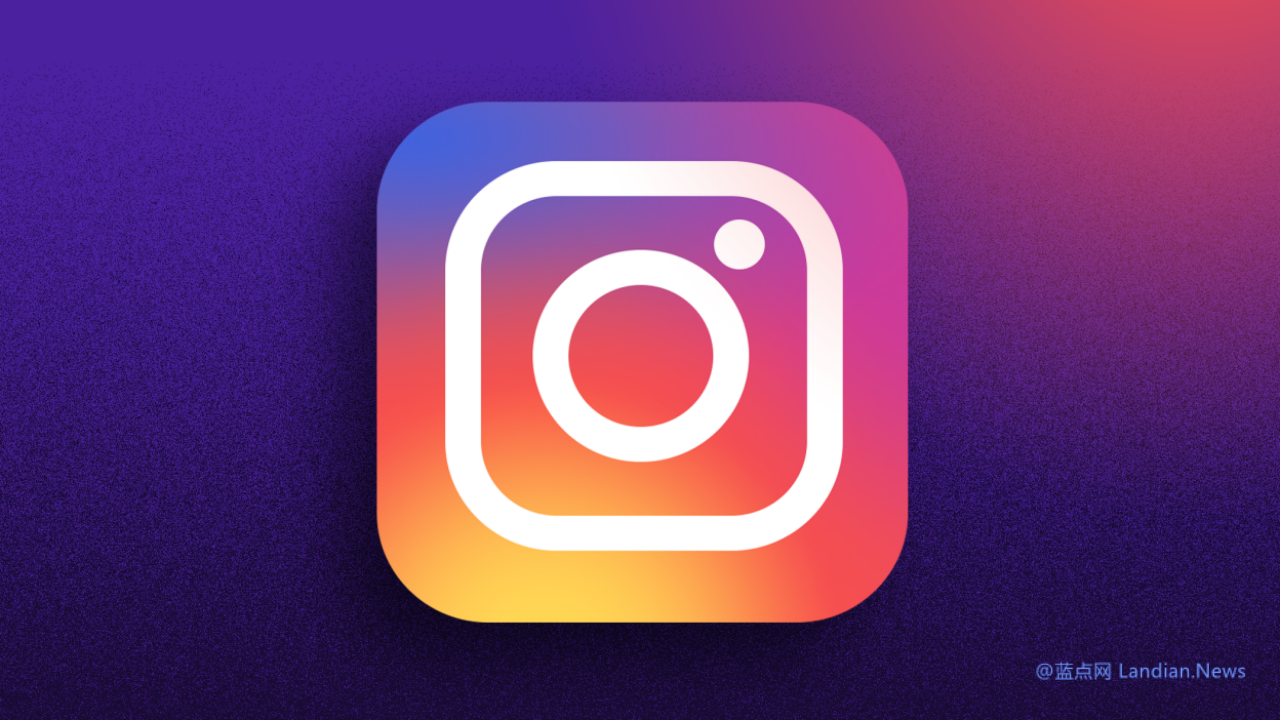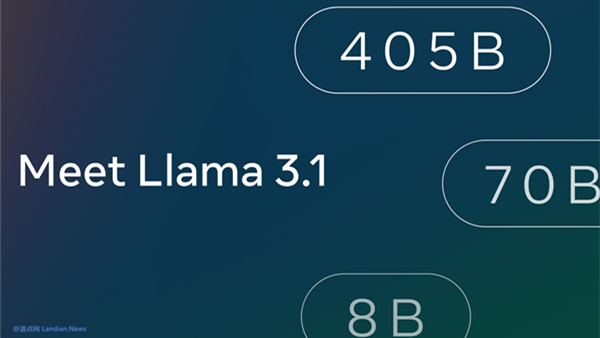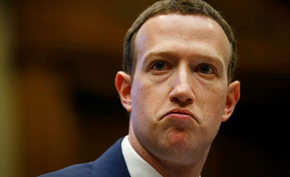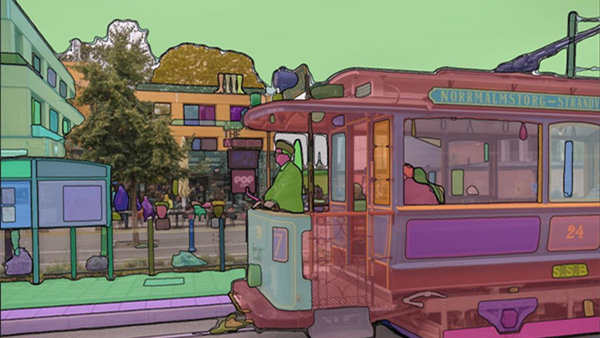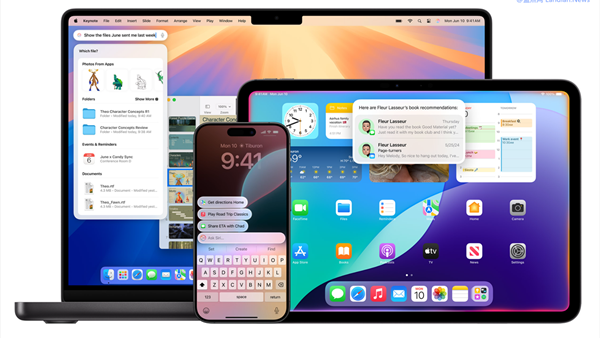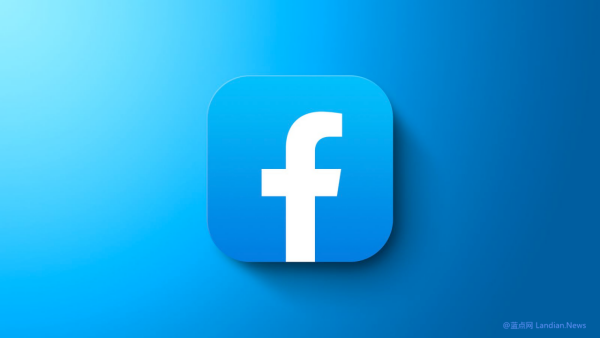The Delicate Manipulation in the Age of Algorithms: Instagram's Quality Diminishment for Less Viewed Videos
In the social media realm dominated by Meta's Instagram, photos and videos are the main content types, with algorithms subtly controlling what users see. If your meticulously filmed video seems to degrade in quality after posting, it might be the algorithm's doing, automatically reducing your video's quality due to insufficient views.
Instagram's head, Adam Mosseri, has acknowledged that the platform indeed downgrades video quality for various reasons, including when a video doesn't garner enough views.
The algorithm works like this: if a video remains unwatched for an extended period or if the majority of views are brief, merely seconds before swiping away, it's labeled as low quality. Consequently, the algorithm diminishes its quality, meaning future viewers will only see a lower quality version.
Essentially, this algorithm serves to cut costs, favoring creators with higher viewership by offering better quality content, which demands more CPU encoding resources and storage space.
Although it's not explicitly stated, Instagram might relocate less viewed videos to lesser servers, potentially reducing both loading speeds and video quality.
This practice raises fairness concerns, especially for emerging creators with few followers and low view counts. If Instagram only offers their videos in low quality, attracting new viewers becomes even harder.
For instance, if viewers encounter slow-loading, poor-quality videos, they're likely to swipe away immediately, generating negative feedback for the algorithm and unfairly penalizing new creators.
Moreover, casual users who share videos on Instagram without professional intent, using the platform as a backup, also suffer from reduced video quality despite low viewership.
Thus, for users wishing to continue enjoying high-quality videos in the future, relying on cloud storage rather than social platforms might be a wiser choice.
